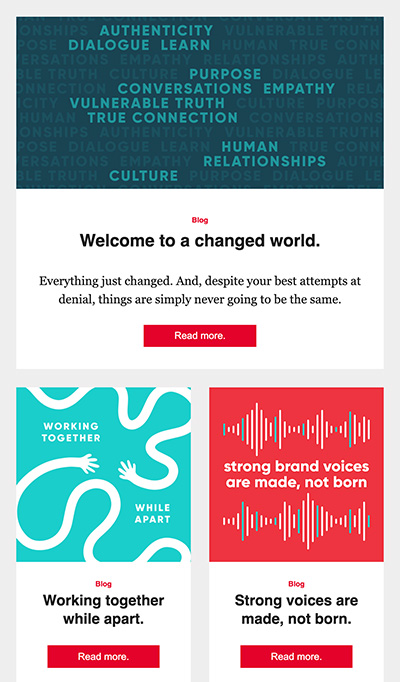Unveiling the Secrets of Successful Influencer Marketing
In today’s world, influencer marketing is no longer a luxury but a necessity for some. The right influencer can quickly grow your brand into new realms of visibility and engagement. But the concept to many seems so foreign. Where do you start and how do you strategize? Here’s what I’ve learned about crafting an effective influencer program.

Setting the Stage: Know Your Goals and Audience
Before diving into identifying an influencer, it’s crucial to have a clear understanding of your company goals and buyer personas. Are you promoting a single product, a service, or your brand as a whole? What is the desired outcome – do you want your audience to learn something or take action? If you know your buyers’ persona, you can identify those traits in your influencer strategy. This foundational step helps in identifying influencers who align with your brand’s vision.
The Art of Auditing Influencers
Choosing the right influencer is an involved process because not every person is the right fit for your brand. It can often feel like finding a needle in a haystack. But with a strategic audit, it becomes a lot easier. Using a scoring guide can help assess who is the best fit for your brand. Rate potential influencers on a scale from 1 (needs significant improvement) to 5 (exceeds expectations) based on these traits:
- Impressions/views
- Follower count
- Content contributed
- Engagement rate
- Location
- Meets buyers’ persona
- Interacted with Competitors
This methodical approach ensures you collaborate with influencers who can genuinely amplify your brand message.
Picking the Right Campaign
There are various campaign types you can leverage based on your goals and influencer strengths:
- Giveaway Campaign: Generate user-generated content (UGC) and brand awareness by having influencers promote a product giveaway.
- Gifting & Unboxing Campaign: Send products to influencers and have them create unboxing videos.
- Evergreen/Ongoing Campaign: Focus on continuous brand promotion rather than a single product.
- Content Campaign: Partner with influencers to create authentic, high-quality in-real-life (IRL) content.
Budgeting Wisely
The first thing to know is that influencers are people doing real work, and they need to be paid at a price point that adequately values what they do. A common factor you will see is how prices vary based on their level of influence (makes sense). The higher the followers, the higher the price point.
- Nano:** 0k-10k followers
- Micro:** 10k-100k followers
- Mid:** 100k-500k followers
- Macro:** 500k-1M followers
- Mega:** 1M+ followers
Most Influencers accept various forms of compensation, these are the categories they are most familiar with:
- Product sale commissions
- Free products or gift cards
- Flat fees per post or campaign
The good news is that you can mix and match items to make costs the most effective for you. For example, pay $500 and give them a free product. Pay $200 up front, but allow them to still make commission. Nonetheless, plan based on what works for your goals and always be ready to negotiate. Don’t forget to factor in the cost of giving away products and supporting paid content.
Additional Facts to Consider.
- The term “influencer” can sometimes carry negative connotations. Opt for terms like “content creator” or “brand ambassador.”
- Establish clear KPIs and contracts to manage expectations and ensure a smooth collaboration.
- Consider an application process for influencers to express interest and demonstrate their suitability for your brand.
- Influencers might assume companies are loaded with cash. It’s crucial to set realistic expectations about compensation and deliverables. This transparency fosters trust and sets the foundation for a successful partnership.
In Summary
To craft an effective influencer program, it’s essential to start by understanding your company goals and buyer personas, ensuring alignment with chosen influencers. A strategic audit using a scoring guide helps identify the best fit for your brand. Campaign types should be selected based on specific goals and influencer strengths, ranging from giveaways to ongoing promotions. Budgeting should consider varying compensation methods, mixing and matching to optimize costs. There is a new way to take your company to the next step and it can be done through Influencer marketing. Influencer marketing has evolved into a critical strategy for brands aiming to boost visibility and engagement.

